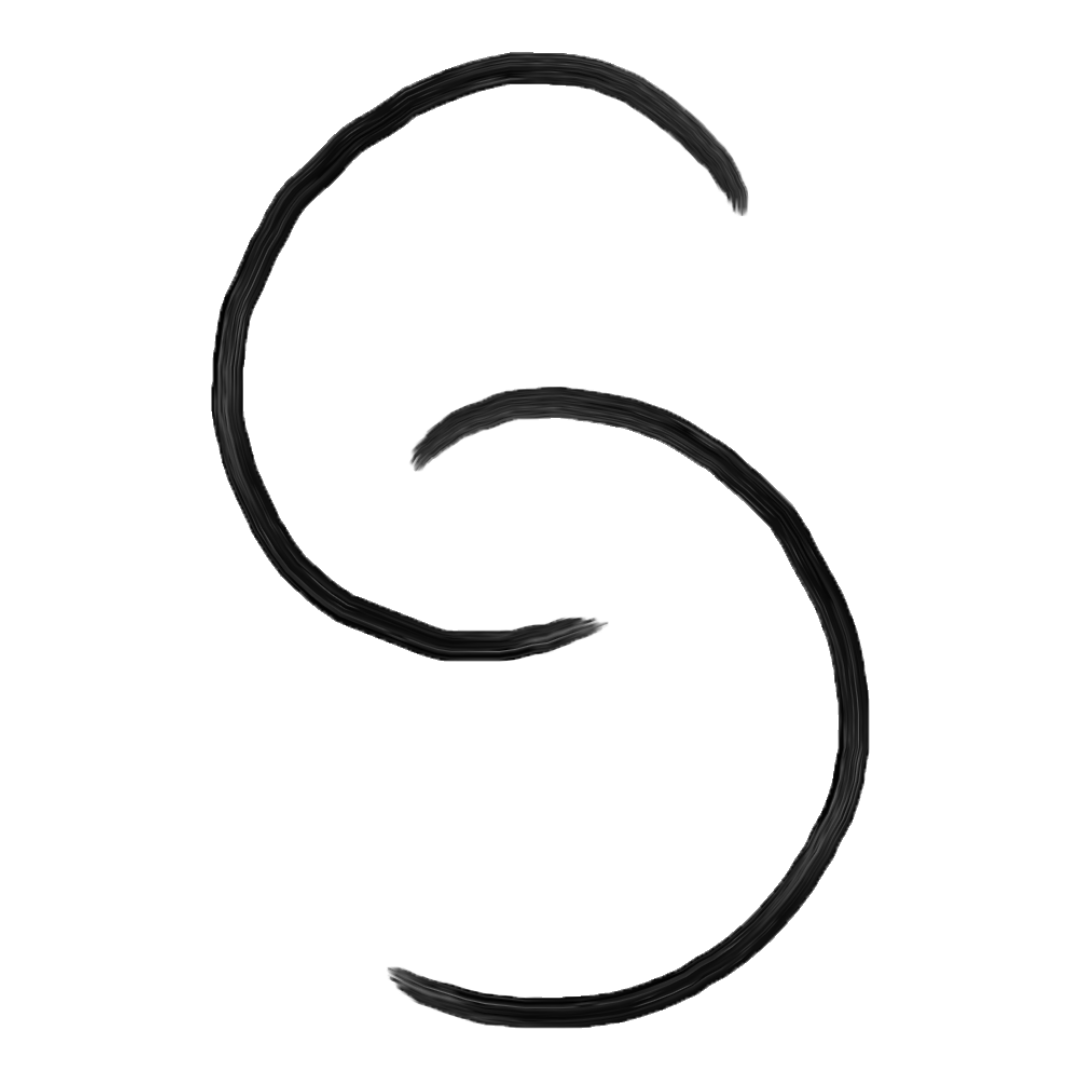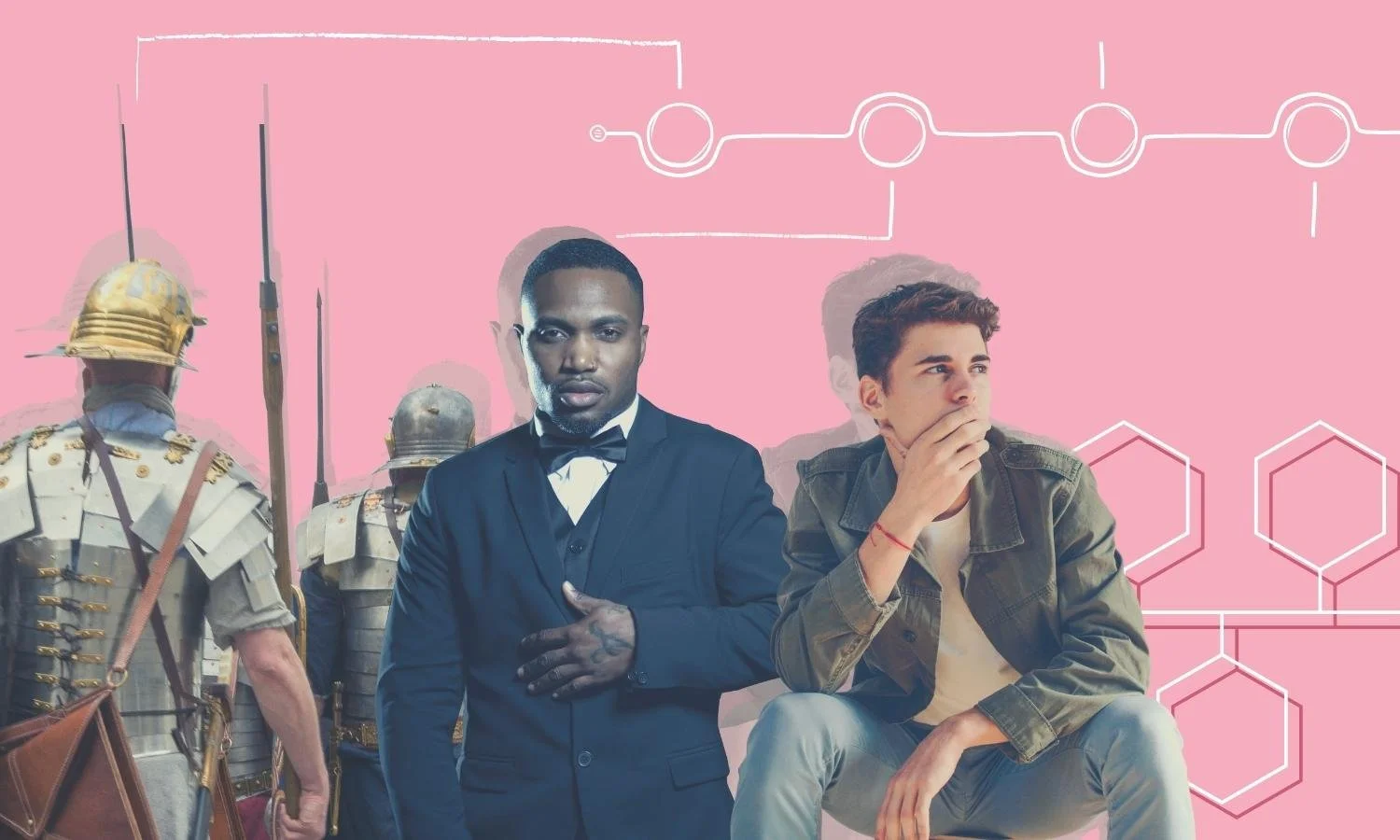Masculinity Throughout History
“Some resources define masculinity as a relational concept, defined in opposition to femininity and expectation about how women should behave. One of the more common features of masculinity is the equation of manhood with dominance, toughness, and risk-taking.”
The concept of “masculinity” has not always been what we see in today’s media. For example:
♂ In Neo-Confucian China, expectations of men were defined in terms of the obligations they had towards others (emperor, parents, brothers). For them, becoming a soldier was “not what any responsible man would do,” and male-to-male love was celebrated. (Conell, 1993)
♂ In pre-colonial cultures of New Guinea, masculinity was a ceremonialal separation from “the world of women,” without intent of domination. These cultures also exhibited ritualized homosexuality as a way to build their masculinities. (Conell, 1993)
♂ In many native cultures, we find examples of third-gendered people regarded as shamans, mediators and healers. For Hawaiians, they were the ‘mahu,’ also called the two-spirit people by Native American tribes (Pruden). This was a form of gender expression for Hawaiian males; being a mahu was honored instead of shamed.
Thanks to the spread of Euro/American culture, these gender perceptions were erased from much of the world. Our traditional ‘Hegemonic Masculinity’ (Conell, 1993) is the result of European masculinity, the spread of Catholicism and capitalism, industrialization and the European’s gendered division of labor.
Check out our conversation with Jet Setting Jasmine and King Noire on hard-hitting topics around the lack of healthy masculinity in our society, including parenting, porn, Black representation and much more.
More content that you may find interesting:

